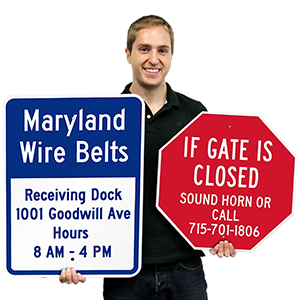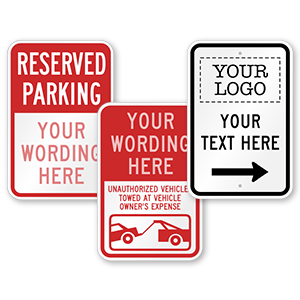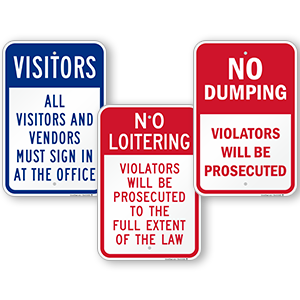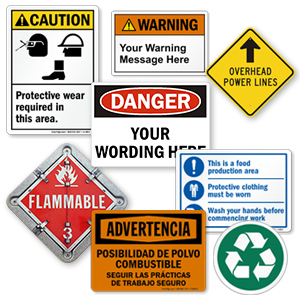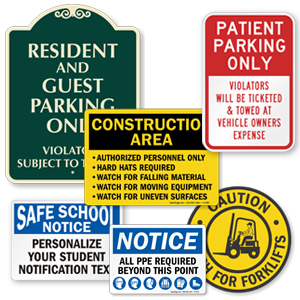Social media vigilantes hunt for stolen bikes
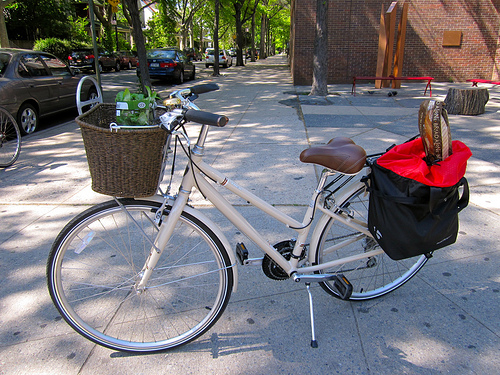
My trusty steed in the wild
Is there any more exhilarating feeling than being on your bike on a warm spring day, coasting down a gentle hill, getting fresh air and exercise? It’s no wonder that one of our favorite bike bloggers refers to it as “bikeyface.” We’re big bike enthusiasts here at SmartSign, so we think that the delight in a good ride is one of the greatest feelings ever. However, we’re going to posit that the very opposite of that exhilaration and joy is the feeling of walking up to the spot where you parked your bike to find it stolen. The violence of the sheared lock left behind, the sickening feeling of loss, is something we wouldn’t wish on anyone.
And yet, estimates of bike theft across the U.S. show that it’s one of the most prevalent street crimes, with increasing cost benefit to the thief as they get more high-tech and web-savvy. One estimate says that 3% of New Yorkers have had a bicycle stolen, but that’s out of all residents, not just those who own bikes, and of course, many of the statistics only cover bike thefts that are reported. Some experts say it’s probably closer to one in ten, which anecdotal data seems to uphold. Stolen bikes also grow more common as more and more people turn to cycling as a regular mode of commuting, something that is also on the rise in the U.S.
Of course, there are some simple things that can help deter the more casual, opportunistic thieves, like using a strong U-lock and parking your bike in a busy area. There are even more desperate tactics, like obscuring the make and model of a high-quality bike, or splattering it with paint, or taking both wheels with you when you leave. And increasingly, there are some high-tech solutions like the recent successful Kickstarter campaign for a GPS tracker that does everything except wash your dishes.
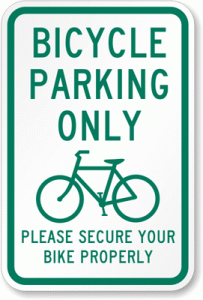
You should really, really, lock up your bike. [Via MyParkingSign]
If prevention fails you, the law enforcement will tell you, straight up, that they can’t help you at all unless you at have your stolen bike’s serial number, or even better, register your bike with a service designed to match lost or stolen bikes with their owners. (As a bike owner in Brooklyn, I have my bike registered and tagged with two services: the National Bike Registry, and BikeGuard, which is free and also extra cool since there’s a QR code on there, allowing a good Samaritan to contact me right away.)
But increasingly, the internet and social media have allowed people to take recovery into their own hands. Bereft cyclists are becoming more proactive by searching Craigslist obsessively for their bikes or scouring local flea markets – not just in their own area, but also neighboring towns or cities in case their rides were victim to a more sophisticated bike theft ring. They’re also relying on the growing crowdsource potential of social media; Slate columnist and music editor Jody Rosen recounted how Twitter helped him recover his lost bike within a few hours on the crowded streets of New York. (Of course, even though Rosen has a modest following, he was able to get retweeted by some big-name friends in the media and music industry, which is hard to replicate.)
And you don’t just have to hope that your bike will turn up right away, in your own city, either. There’s a famous story from the West Coast where social media and a few very committed strangers helped San Francisco-based Justin Labo get his bike back from someone selling it on Craigslist, in Portland, after it had been stolen six years prior, in New York.
These happy endings can make us feel better about our own beloved cruisers, locked up but still vulnerable to everyone from the opportunistic thief to the seasoned criminal. But the reality is, most bikes that get stolen stay lost, and many times those crimes are done in broad daylight and ignored by the very well-meaning passersby that you’re hoping will cry “stop! thief!” like in the films. Casey Niestat, a documentary filmmaker, tested this theory to depressing (but interesting) results, when he and his brother went around New York stealing their own bikes to see who stopped them:
[youtube http://www.youtube.com/watch?v=UGttmR2DTY8?rel=0]
Really, the best cure to bike theft is prevention: the right lock, being mindful about where you leave your bike, registering it with a service or your local PD, and noting down important details like the serial number. Of course, you should also take enough photos that you can show people what it looks like! (A few more ingredients: old-fashioned good luck, and a Zen attitude if it happens to you.) But it’s nice to know that within our increasingly web-centric, socially networked world, there are also a few things we can try and just sometimes, the good guys triumph.

